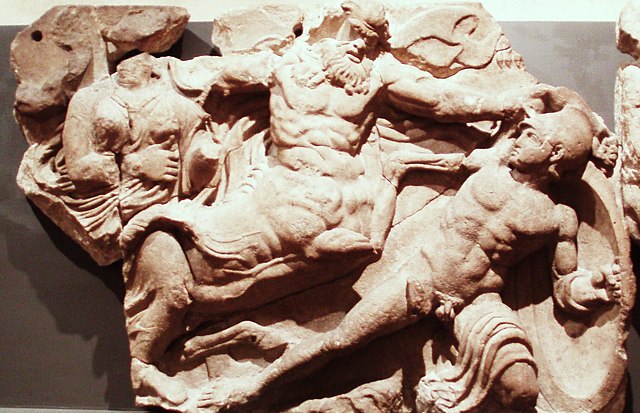Loading AI tools
English architect From Wikipedia, the free encyclopedia
John Foster, Junior (1786 – 21 August 1846) was an English architect born and based in Liverpool. In succession to his father, he was Surveyor to the Corporation of Liverpool (1824–1835).[1] His buildings were generally in the Greek Revival style and he mainly worked on public buildings and Anglican churches.[2]


John Foster Sr. married Ann Dutton on 18 September 1781 in St George's Church, Liverpool.[3] John Foster Jr. is the second of eight sons born to the couple in 1786 in Liverpool.[4] Foster studied under Jeffry Wyatt in Lower Brook Street, London, whose uncle James Wyatt had worked with John Sr. on Liverpool Town Hall.[5]
John Jr. displayed three designs at Royal Academy of Arts, in 1805 a design for a Mausoleum, in 1806 a design for a National Museum and in 1807 a Public Library or National Gallery.[6] During 1810-11 he travelled extensively through southern Europe and the Mediterranean studying classical architecture and accompanied C. R. Cockerell and the German archaeologists Haller and Linckh during their excavation of the temples at Aegina and Bassae.[7] In 1816 John Jr. returned to Liverpool and joined the family building firm. He succeeded his father, John Foster, Sr., as senior surveyor to the Corporation of Liverpool in 1824, and held that post until the Municipal Reform Act of 1834. His own designs included The Oratory, St. John's Market, Liverpool Necropolis (converted into a park in 1914), St James Cemetery, alterations and additions to Knowsley Hall, the grandstand at Aintree Racecourse and the Church of St. Andrew's in Rodney Street, converted in the early 21st century to student accommodation. The second Royal Infirmary and the public baths have both been demolished, as has the enormous, domed Custom House, which suffered extensive fire damage during the Second World War. He is often attributed as the architect for numbers 2–10 Gambier Terrace, Liverpool.[8][3][9]
He was living in Hamilton Square, Birkenhead when he died in 1846 and was buried the cemetery, St James, he designed.[9]
Seamless Wikipedia browsing. On steroids.
Every time you click a link to Wikipedia, Wiktionary or Wikiquote in your browser's search results, it will show the modern Wikiwand interface.
Wikiwand extension is a five stars, simple, with minimum permission required to keep your browsing private, safe and transparent.